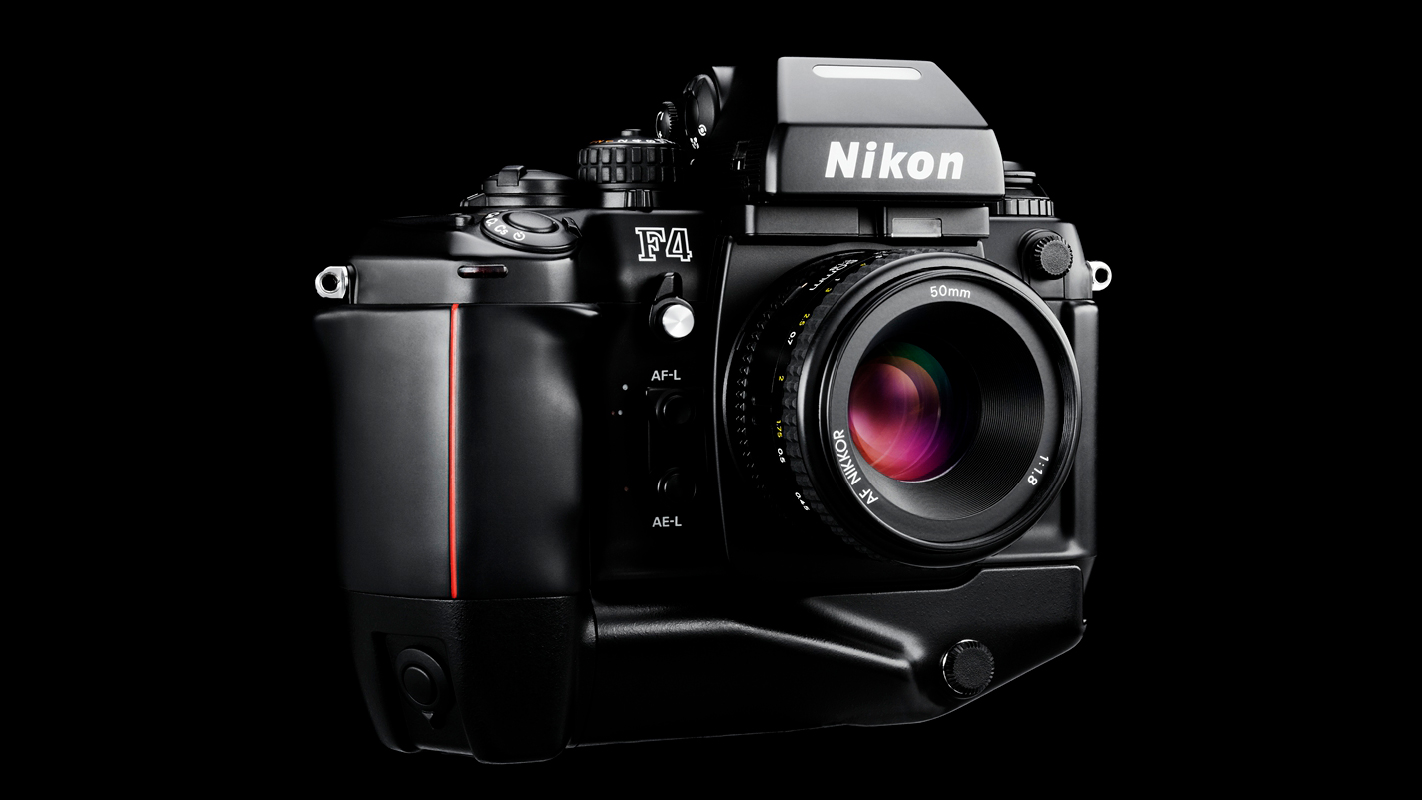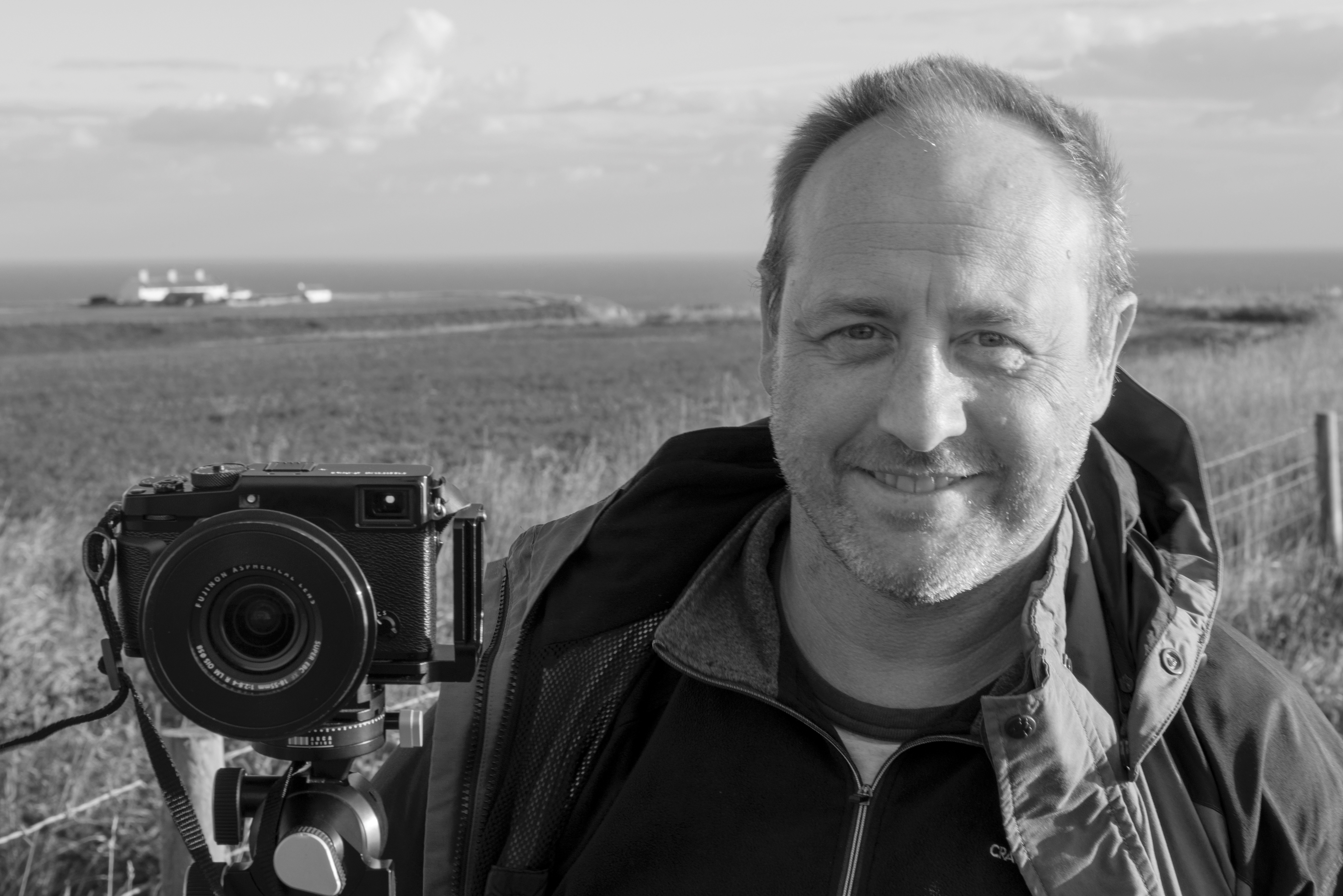Why the Nikon F4 was a legendary camera
Landscape professional Mark Bauer gets nostalgic looking back at one of Nikon’s classic film cameras

The first time I sold a photo – I was a little shocked when I did the calculation – was more than 25 years ago. Since then, the technological changes have been huge, and photographers now upgrade equipment on a regular basis to keep up to date and have an edge over the competition.
I’ve certainly got through a frightening amount of kit, including a couple of system changes – firstly, when I switched from film to digital, and more recently when I moved to medium format. I currently use a Fujifilm camera along with LEE Filters and f-stop gear.
The temptation is always to look back at the glory days and moan about how much better everything was then, but the truth is the equipment available to us now is extraordinarily good, and capable of delivering results far better than a couple of decades ago.
• Do you like photography, or do you like buying camera gear?
But despite this, my favorite camera of any I’ve shot with is an old film camera: the Nikon F4. Not for the results it delivered – after all, assuming you’re using decent glass, 35mm film is the same whatever camera you shoot it with – but for the way it handled. Even though I could get better results with my 6x7cm medium format kit, I often chose to shoot with the F4, simply because every time I picked it up it brought a smile to my face.

The Nikon F4 is a 35mm autofocus single lens reflex film camera. It was released in 1988 as the fourth in Nikon's line of F series professional cameras. The F4 was the first professional Nikon to feature a practical autofocus system. The F5 was launched in 1996.
It was an exceptionally well-thought-out camera, which just felt right in the hand and had beauty in its rugged design. It had no menus, buttons, or LCD; every setting was made via a dedicated dial or knob. And real thought had been put into the placement and feel of those dials and knobs, as it was possible to change any setting without taking your eye from the viewfinder. And as it was such a bright, large viewfinder, you wouldn’t want to take your eye away.
The Nikon F4 didn’t have the bells and whistles of modern cameras, or even of later generation film cameras, but the things it did, it did right. Metering was supremely accurate, even with fussy slide film. Autofocus was ploddy and there was only a single AF point, but it rarely missed its target.
The best camera deals, reviews, product advice, and unmissable photography news, direct to your inbox!
Had the photographic world not transitioned to digital, I suspect I’d still be shooting with it. I had no reason to change. Its successor, the Nikon F5, had better autofocus and (for its time) a blisteringly fast frame rate – but these were unimportant to me, and in all other respects, especially ergonomics, I felt the F4 was superior.
• Looking for the best Nikon cameras?
Would I go back and shoot with one now? No; I’d just never be able to achieve the image quality I’ve got used to with modern digital cameras. However, if Nikon released an ‘F4D’, retaining all the design features but built around a modern full-frame camera sensor, that would be a different story.
These are the best professional cameras. Discover our landscape photography tips to help elevate your image-making outdoors.

Mark Bauer has been a full-time landscape photographer since the early 2000s. As well as being a regular contributor to the UK photographic press, he is the author of seven books, including the best-selling The Landscape Photography Workshop.
- Lauren ScottFreelance contributor/former Managing Editor
